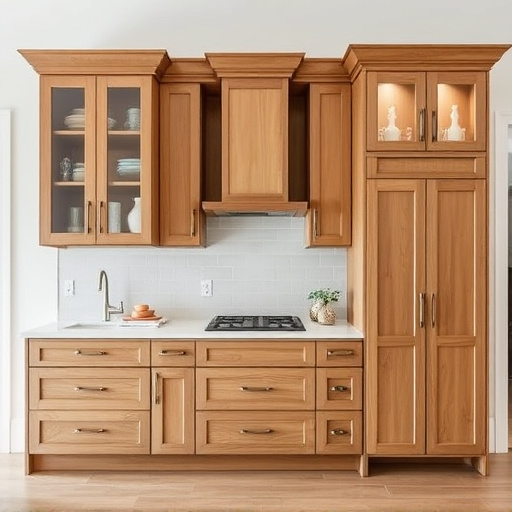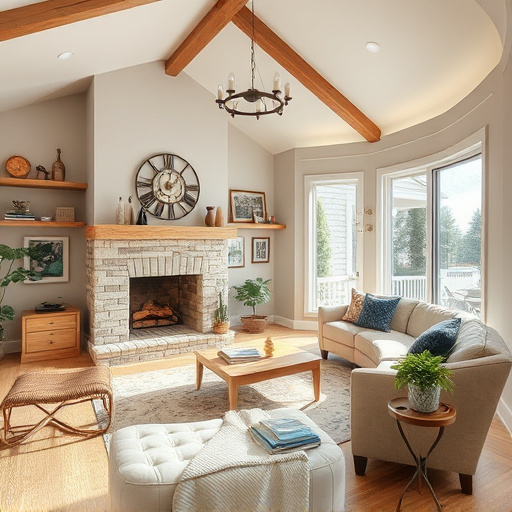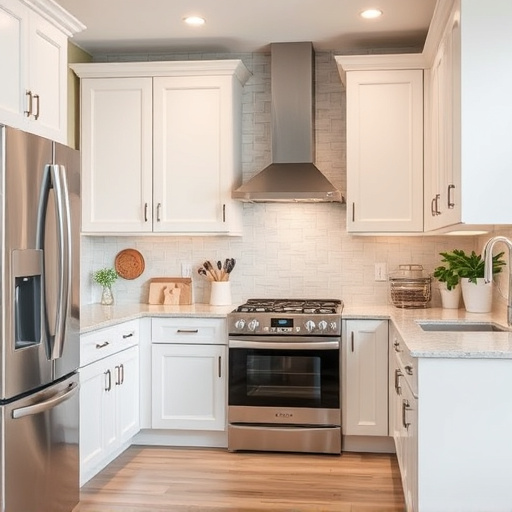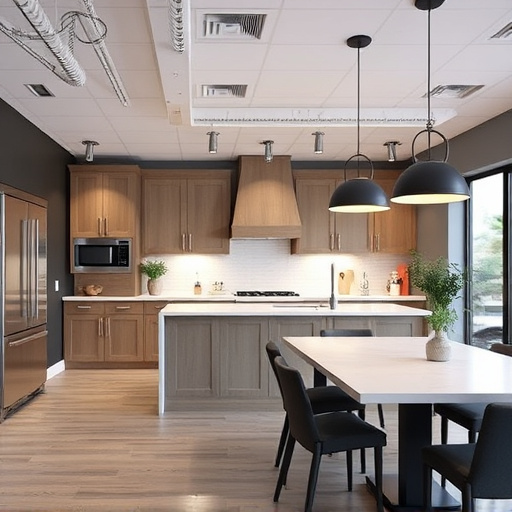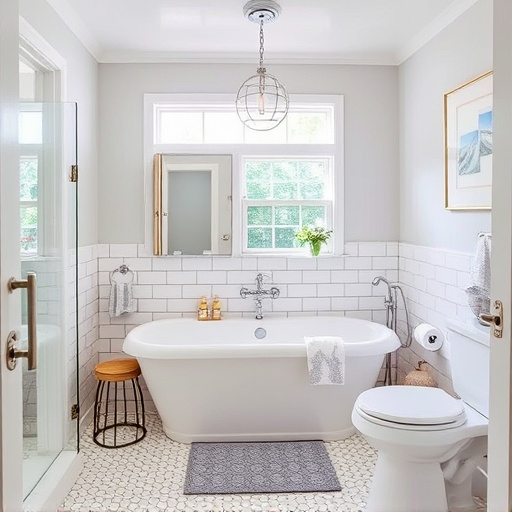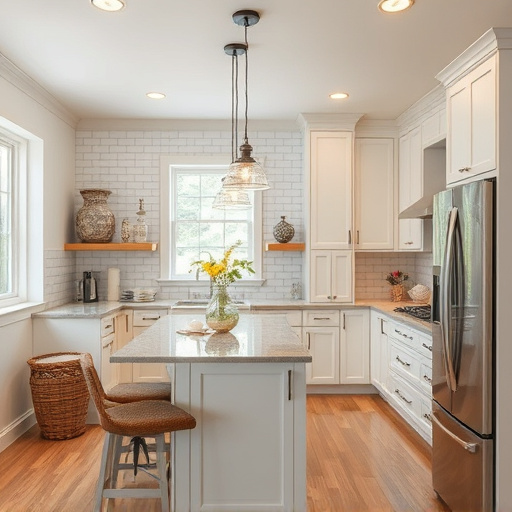Before designing an outdoor kitchen, assess your space needs, intended usage, and personal style preferences. Ensure ample counter area for preparation and serving, considering traffic flow and easy access to appliances. Choose weather-resistant, durable materials like granite, slate, synthetic stones, or composite materials to withstand outdoor conditions. Consider low-maintenance options like stainless steel or concrete for easy upkeep. A well-designed countertop that balances beauty, functionality, and resilience creates a unique, appealing, and practical outdoor kitchen space.
Choosing the perfect countertop design for your outdoor kitchen is a key step in creating a vibrant, functional space that seamlessly blends with your yard’s aesthetics. This guide will walk you through selecting the ideal countertop, considering your unique needs and preferences. From evaluating your outdoor kitchen layout to exploring durable materials like natural stone, man-made composites, concrete, and wood, we’ll uncover expert tips for balancing visual appeal and practicality.
- Understanding Your Outdoor Kitchen Needs and Space
- – Evaluating the layout and functionality of your outdoor kitchen area
- – Considerations for weather resistance and durability
Understanding Your Outdoor Kitchen Needs and Space
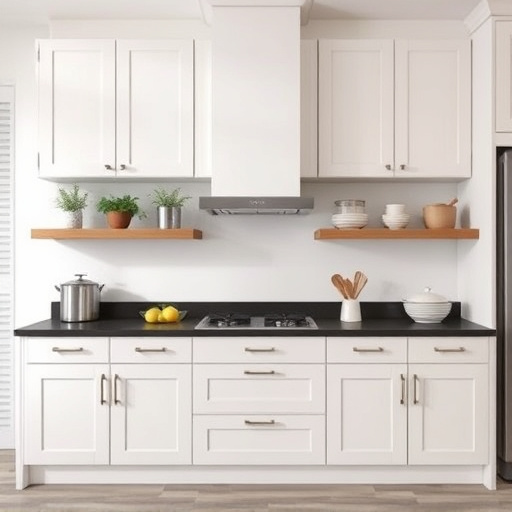
Before selecting a countertop design for your outdoor kitchen, it’s essential to understand both your needs and available space. Consider how you plan to use this area—will it primarily be for cooking and entertaining guests, or more for casual dining al fresco? This will dictate the functionality and scale of your countertop. For instance, a larger, extended surface might suit a family that enjoys outdoor gatherings, while a smaller, compact design could be ideal for a couple who prefer quieter moments in their garden kitchen.
The layout of your outdoor space also plays a crucial role. Measurements and dimensions are key when it comes to choosing the right countertop design. Ensure the counter fits seamlessly into your designated area, allowing for easy movement and access without impeding on other functional spaces. Residential renovations often involve multiple room remodels, so it’s vital to consider how this new outdoor kitchen ties in with existing indoor and outdoor areas, creating a cohesive, practical, and aesthetically pleasing whole.
– Evaluating the layout and functionality of your outdoor kitchen area
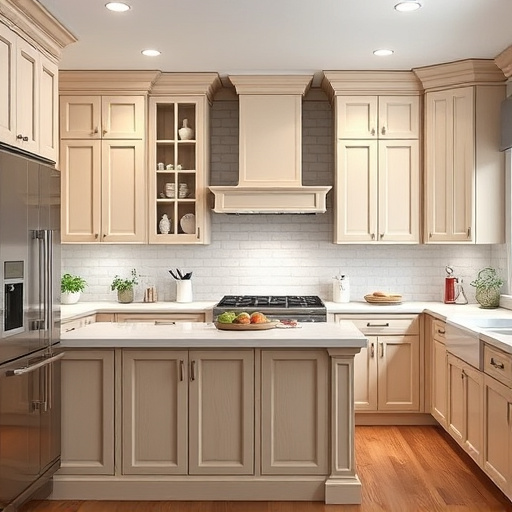
Before selecting a countertop design for your outdoor kitchen, take a moment to evaluate the layout and functionality of your space. Consider how much counter space you need based on the types of meals and gatherings you plan to host. For instance, if you envision family pizza nights or large BBQs with friends, a generous amount of counter area is essential for preparation and serving. Additionally, think about traffic flow; you’ll want to ensure there’s enough room for chairs and tables, as well as easy access to the grill and other appliances.
The layout should also cater to your personal preferences and style. Do you envision an elegant, minimalist design with clean lines and a single slab of quartz? Or perhaps a more rustic look using reclaimed wood or stone with natural variations? Integrating countertop materials that complement these aesthetic desires will enhance the overall ambiance of your outdoor kitchen, creating a space that seamlessly blends form and function—a key consideration in any home improvement project, whether it’s part of whole house remodels or focused kitchen and bath upgrades.
– Considerations for weather resistance and durability
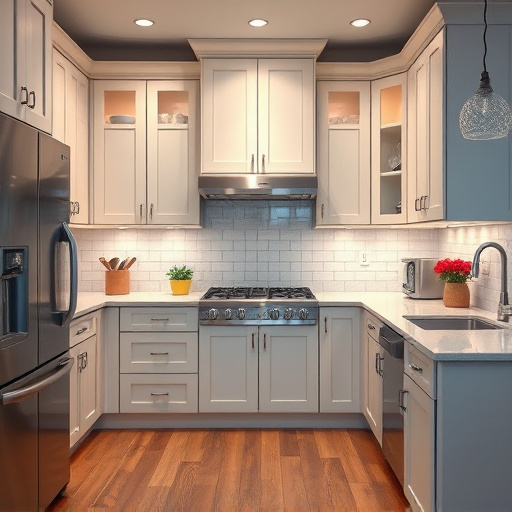
When selecting a countertop design for outdoor kitchens, weather resistance and durability should be top priorities. Outdoor elements like harsh sunlight, frequent temperature changes, and moisture can take a toll on traditional materials. Opting for heat-resistant surfaces that can withstand prolonged exposure to these conditions is essential. Natural stone like granite or slate offers exceptional durability and a rustic aesthetic, making it an excellent choice for outdoor spaces. Alternatively, high-performance synthetic stones and composite materials are versatile options known for their resistance to stains, cracks, and fading, ensuring your countertop design remains vibrant and functional for years.
Consideration of maintenance is also crucial in the context of home renovation projects involving kitchen and bath areas that incorporate outdoor elements. Some materials require regular sealing or polishing to maintain their protective coatings against water damage and stains. Low-maintenance options like stainless steel or concrete offer both durability and ease of upkeep, aligning perfectly with the modern trend for sleek, practical designs in bathroom renovations. Ultimately, selecting a countertop design that combines beauty, functionality, and resilience will enhance your outdoor kitchen’s appeal and longevity, transforming it into a truly unique and enjoyable space.
When selecting a countertop design for your outdoor kitchen, it’s crucial to strike a balance between aesthetics and practicality. Consider the layout and functionality of your space, ensuring weather resistance and durability are top priorities. By evaluating these factors, you can choose a countertop that not only enhances the look of your outdoor kitchen but also stands the test of time, making it a central and lasting feature for all your culinary adventures.





